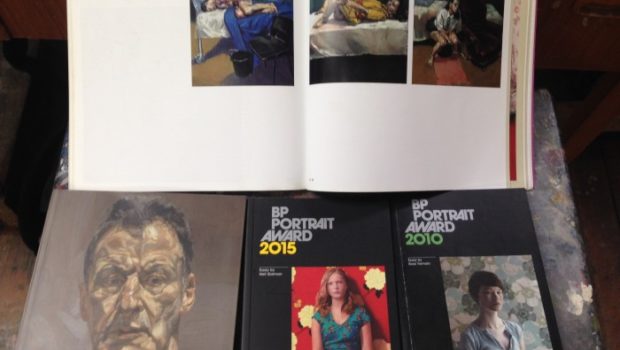The Art of Branding
Businesses can spend a lot of money on branding, and many people may wonder if it’s actually worth it. But when you consider the effect of branding and the reach it can have, you realise that branding is a very necessary part of business these days. What’s more, companies don’t have infinite resources and there is always going to be competition, so any money spent on branding needs to be well-utilised.
Branding is essentially what other people think of your business. Regardless of what you think you are communicating, it is what people are interpreting that is important. There are a number of different ways businesses try to communicate their ethos to the consumer – marketing campaigns, adverts – but the visual aspect of your branding strategy is very important.
Logos may be just a small part of a brand but they are what the consumers will remember. They are deceptively simple and seemingly easy to create, but there are many guidelines as to how to create a successful and effective logo. Logos need to be distinct but obvious. They should convey a feeling or emotion. They should be easily recognisable and memorable.
Not surprisingly, then, it takes a certain amount of talent and skill to create a logo. A designer needs to first of all understand the brand and then be able to communicate that through a simple image. This means that there needs to be a core understanding of colour, style, font and composition, as these are the basic elements of any logo.
Though graphic designers are taught to understand and manipulate these elements, it is not uncommon for graphic designers to have a background in fine art. Studying fine art brings an appreciation of these elements through the study of classical artists and their work, right up to the contemporary art world of today.
The Art Deco movement, for example, is an artistic style which emphasises minimalism and utilises bold colours and geometric shapes. A knowledge and understanding of Art Deco will inform a designer in the use and effectiveness of shape and colour in a logo design.
In the 1960s, an art genre which became popular was known as Hard-Edge painting. This genre focussed on simple forms, lines and strokes to create colourful pictures. On the opposite side of the spectrum were the Light painters, who used light sources to create special effects.
Art Nouveau is another movement with a distinctive style, which can still be seen to influence today’s logo designs. Art Nouveau incorporated decoratively curved lines and floral ornamentation into artwork, with intricate details and textures.
Two more popular art styles from history are Cubism and Pop Art. Cubism introduced abstract perspectives into images, moving away from traditional art, while Pop Art showed how minor variations in colour can have a huge impact.
As we have seen, the history of art has informed the graphic designers of today. This why it is necessary to not only have a background in graphic design but to also have experience with classical, historical art, artists and art theory which will influence your design style. If you are a designer starting out or more well-established, it can benefit your career to keep grounded in the basics of art by taking painting, sketching or sculpture lessons from an art school, because you never know how it will help your designs.






















































